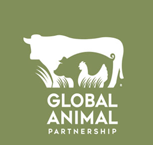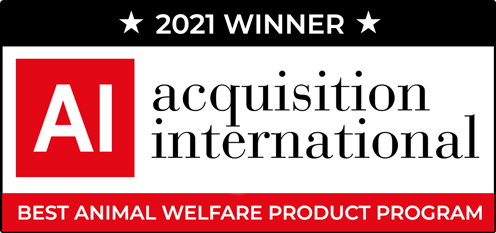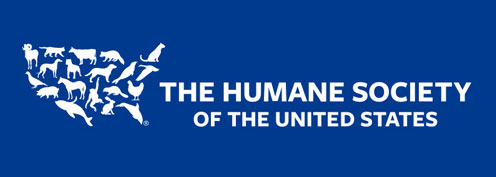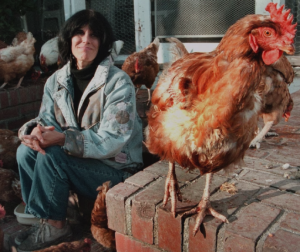
A few months ago, we wrote about the #polarvortex. Now, we are in the midst of the dog days of summer, and staying cool is what’s on most of our minds. What many of us would like to do is cannonball into a cool, refreshing lake or pool. If you were a pig, though, all you’d want to do is roll around in the mud!
So what’s with pigs and mud anyway?
Did you know that pigs don’t have functional sweat glands? This little tidbit of information is great to have in your back pocket during trivia night at the local pub, but to a pig farmer, it’s way more important than just random knowledge. Without sweat glands, pigs cannot take advantage of evaporative cooling (that’s just a fancy way of explaining that wet skin makes you feel cooler) without supplemental moisture. That’s where the mud comes in! Mud keeps the pigs’ skin wet for longer than just plain water, giving them a prolonged cooling effect.
G.A.P.’s farm animal welfare standards require that farms maintain thermal comfort for their pigs – so providing pigs with access to mud in the summer is a good way to do this while allowing them to express their natural behavior. Mud has another benefit which is particularly important for pink pigs – it can double as a sunscreen, preventing sunburns for pigs that spend time outdoors. Pretty clever, right?
G.A.P.’s Standards in Action
Our partners at Rancho Llano Seco know all too well that keeping pigs cool and comfortable is paramount to good animal welfare, especially in the hot summer months in Chico, California.

They’ve worked hard to build barns that are designed to disperse heat – high ceilings and roll-up fabric siding aid in air flow and good ventilation through the barn. Keeping the air moving means that the heat doesn’t have a chance to build up around the pigs. In addition, the barns are equipped with misters that run for 5-minute intervals every 20 minutes during the daytime in the summers. This is enough time to get the pigs a bit wet, and then allow for an evaporation period. Remember, like sweat on humans, moisture on pigs needs to evaporate in order to effectively cool them down.

At this farm, pigs are also given access to an outdoor area, where mud wallows are provided by running sprinklers in certain areas. The sprinklers outside aren’t run on timers like they are indoors, but are used generously on really warm days. Pigs at Rancho Llano Seco are happy to spend time in the wallows and cover themselves with a nice layer of mud. They definitely know how to keep their cool when the mercury starts rising!
Being G.A.P. Animal Welfare Certified
Did you know? G.A.P.’s comprehensive animal welfare standards cover the entire lifecycle of the animal – from birth to slaughter. Check out one of our other blogs on pig farming and the standards around raising and weaning young pigs here. G.A.P. sets the standards, our valued partners implement them, and our third-party certifiers audit every farm to ensure the standards are being met. It’s an important process that helps us impact the lives of more than 416 million animals annually. At G.A.P., we value our loyal farm and ranch partners who work diligently to care for the animals and their environments everyday. Interested in getting G.A.P. certified? Click here to learn more about our standards or click here to fill out a pre-application and be contacted by someone from our farm team. We welcome your questions and interest.
Like this post? Have your own story you want to share? Let us know! To keep up-to-date with more posts like this, follow #GAPFarmLife on our social media feeds (including Instagram and Facebook)! Have a great summer!











